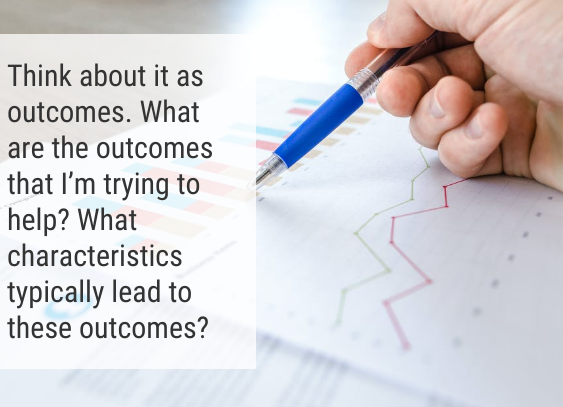Dealing With Disruption: What’s Next For Credit Unions and Commercial Banking?
By Paul Timm, Vice President, Marketing & Strategic Development | NAFCU Services
Responding to the pandemic forced financial institutions to accelerate years of progress into the span of just a few weeks; now the growing pains and disruption are just beginning. That was one of the key themes I took away from a recent webinar our friends at Q2 did with the Aite-Novarica Group. They called it “Is Your Institution Ready for the Imminent Disruption of Commercial Banking?”, and it featured Dean Jenkins, who runs Product Marketing at Q2. Dean was joined by Christine Barry, the Head of Banking and Payments for Aite-Novarica, and Katherine Weislogel, Head of Treasury and Payment Solutions with Synovus.
The complete webinar runs just under one hour and is a focused, spirited conversation worth your time. I’ve summarized some of the panel’s key advice below.
Consumers aren’t the only drivers of heightened expectations on financial institutions. So much attention is placed on how consumer-oriented fintech has increased pressure on conventional institutions like credit unions to execute faster and provide more individualized services. However, businesses are more demanding now, too. “Corporate customers are much more willing today to use digital channels and technology to perform transactions,” said Christine Barry. “They need to more closely manage their finances, they’re looking for greater flexibility and insights from their institutions.”
Product sales must be backed by top-notch execution and service. As financial services become ultra-competitive and switching costs plummet, credit unions need to focus on more than getting new members in the door. If execution or ongoing services falter, people can and will go elsewhere. Katherine Weislogel puts it this way - “Sales teams work so darn hard to ‘get to the yes’ with the client, only to have things fall apart when we try to go-live”. “Clients are telling us they want services fast and easy… forcing the need to evaluate how we onboard and the processes that are included with those solutions.”

Institutions need to think in terms of needs, not products. According to Aite-Novarica, half of the top 150 banks in the US are planning to offer an ecosystem of connected fintech offerings. Dean Jenkins added that institutions will struggle if they think in terms of expanding a product roster instead of offering valuable solutions. “If we just roll out Real-Time Payments as ‘another payment option,’ everyone will struggle to figure out the use case,” he said. “We need to start thinking about accounts receivable and accounts payable and how they fit together.”
Do more with the data you have. Financial institutions have access to tremendous volumes of data on tendencies, preferences, and actions, yet do comparatively little with it. The panelists emphasized that good work has been done to turn data into fraud prevention insights, but pushing past that defensive use case would be important for the years ahead. “There are so many ways to deepen relationships with clients. Be more proactive with new products. Make some suggestions on how to overcome [being short on funds] or on making foreign exchange payments,” Christine Barry said.
Or as Dean Jenkins says, “Think about it as outcomes. What are the outcomes that I’m trying to help? What characteristics typically lead to these outcomes? Bring data together, predict those outcomes, and get that information out to your sales teams.”
This sounds like great advice all around, for consumer or business members. Their emphasis on the opportunities with commercial services was especially helpful though. To listen to the full webinar and gain access to the Q2 Catalyst white paper on digital experiences, click here.
